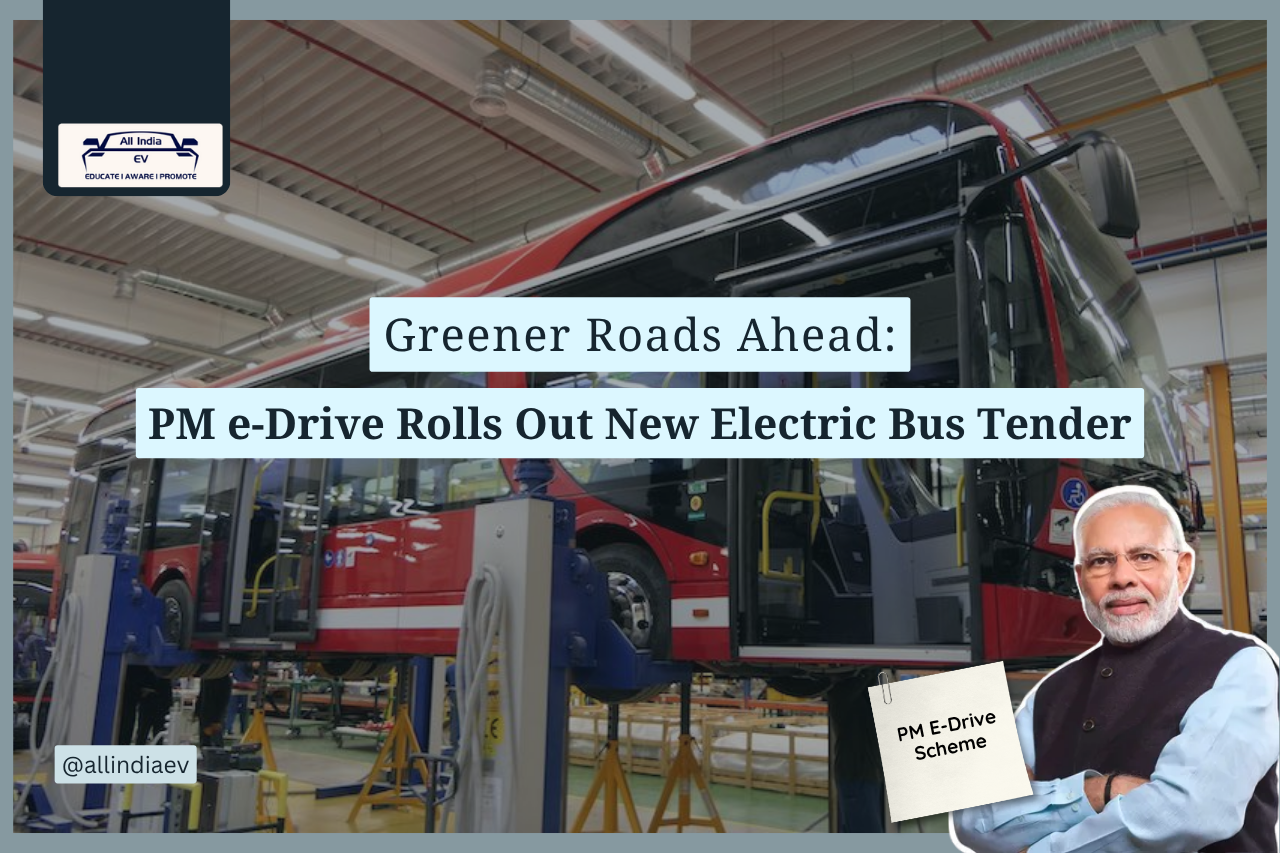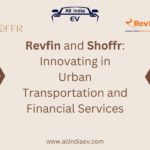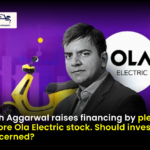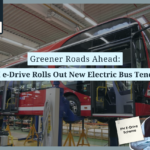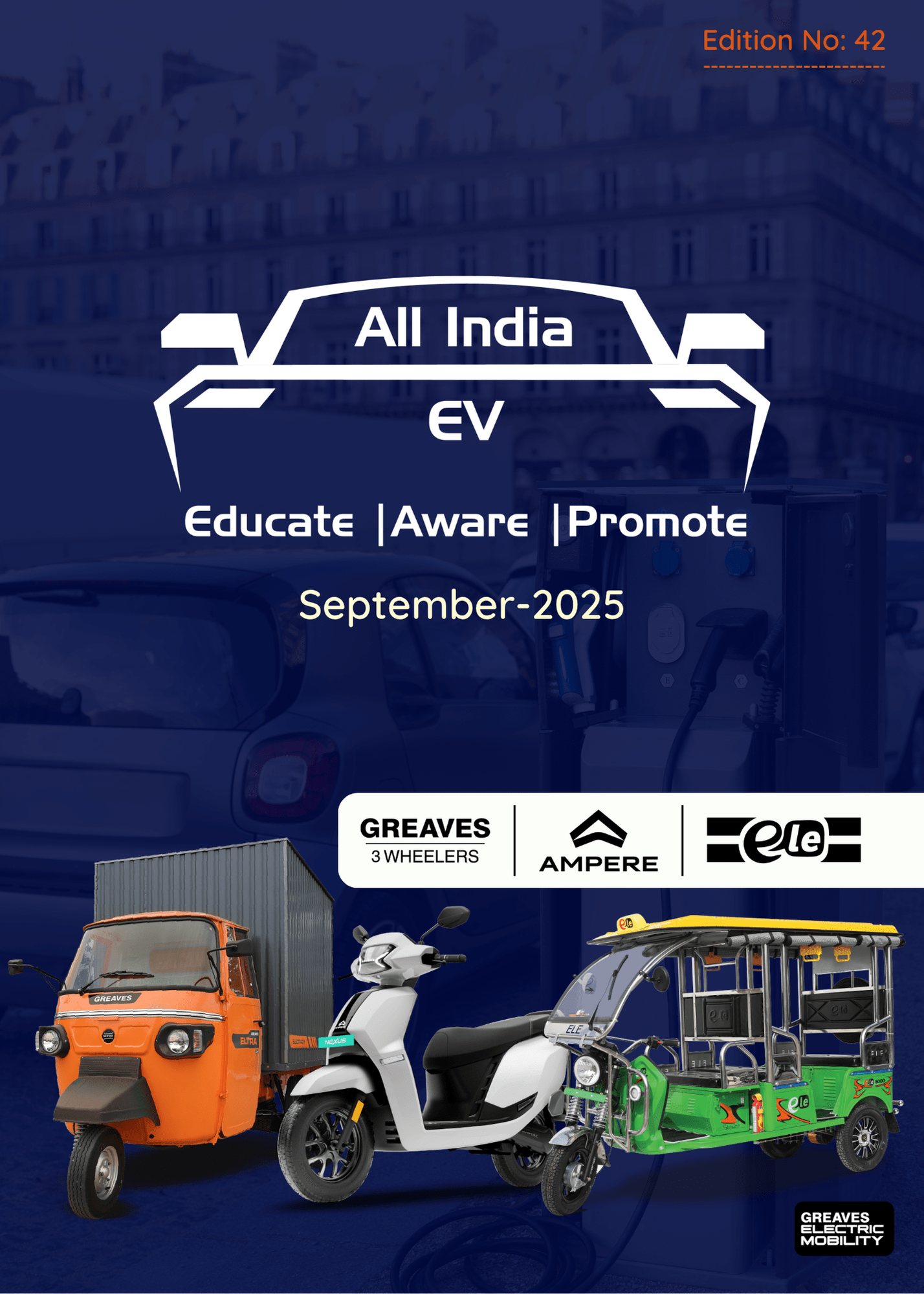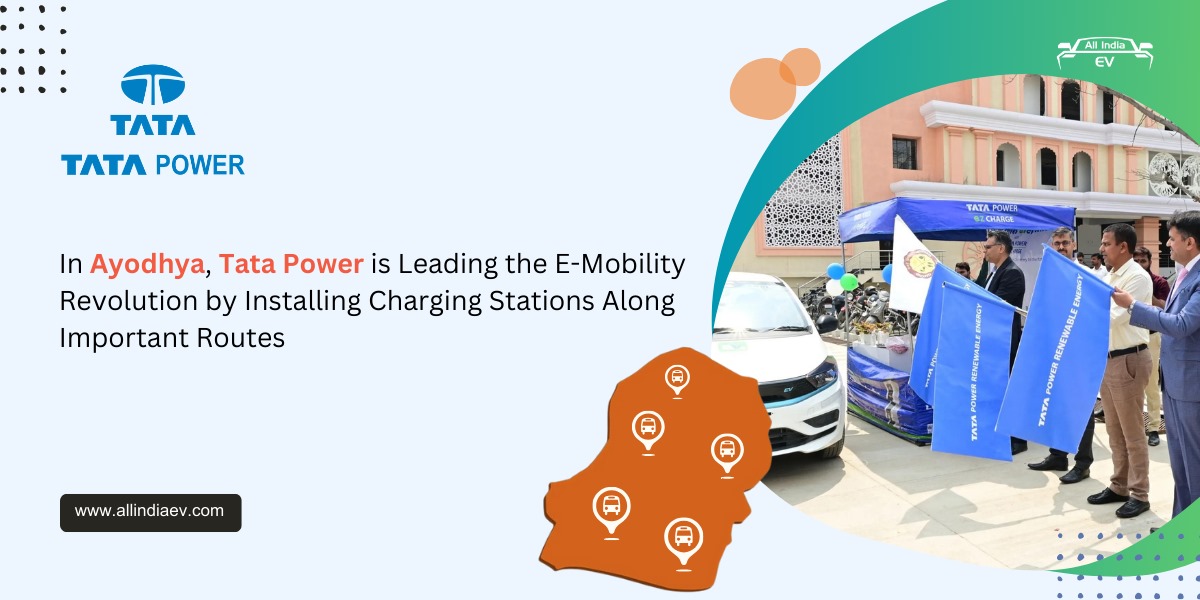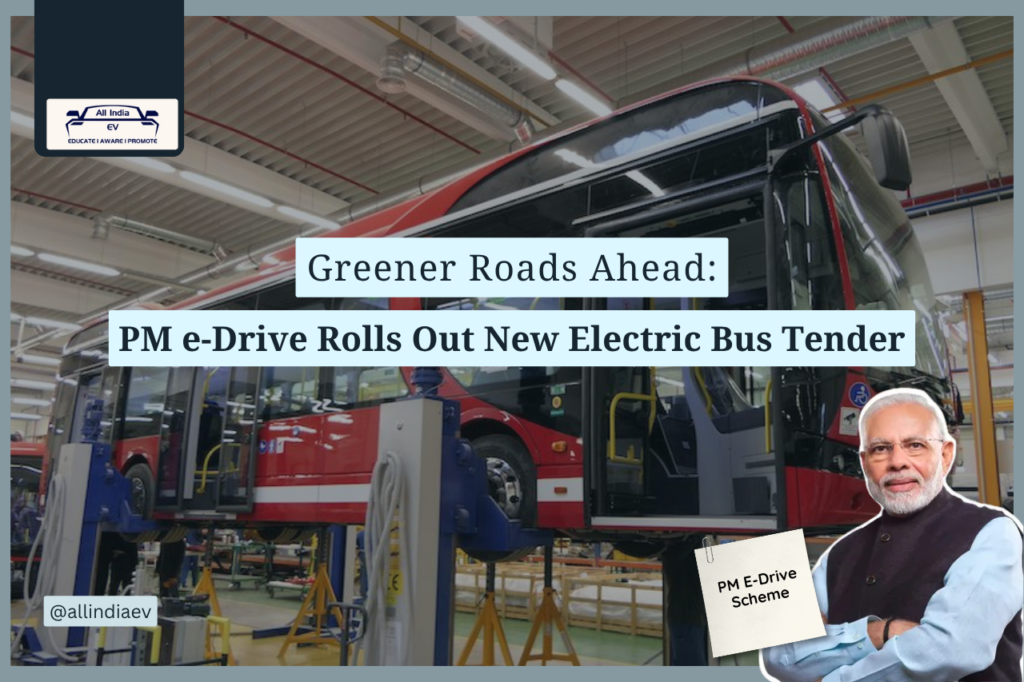
Bus Makers Flag Concerns Over Capital-Heavy GCC Tender Model for E-Buses; Mint Explains Why the Current Approach Raises Industry Challenges
As India accelerates its efforts to electrify public transport, the government’s tender model for e-buses has become a major talking point among manufacturers. The upcoming Convergence Energy Services Ltd (CESL) tender for 10,900 electric buses under the PM E-Drive scheme is one of the largest such procurements globally, targeting deployment across Delhi, Hyderabad, Ahmedabad, Surat, and Bengaluru, with Mumbai and Pune set to follow in the next phase.
While the numbers reflect strong government intent, manufacturers are growing increasingly cautious about the Gross Cost Contract (GCC) tender model being used — calling it capital-intensive, asset-heavy, and operationally restrictive.
India’s Largest E-Bus Push Yet
The CESL tender operates under the GCC model, wherein state transport undertakings (STUs) procure and operate buses from manufacturers over a 10-year period. Payments are made per kilometre, based on bids received during the tendering process.
This model is part of the ₹10,900 crore PM E-Drive scheme, which aims to roll out 14,028 e-buses across nine major cities. About ₹4,391 crore of this allocation will be used to subsidize the cost of procurement and operation, with the central government covering 20–35% of each bus’s cost.
Each electric bus costs upwards of ₹1 crore, making central funding crucial for states to afford large-scale adoption. However, despite such support, the tender has been delayed multiple times—most recently deferred to 14 November 2025—due to high costs, rigid terms, and inadequate infrastructure for such a massive deployment.
Payment Security Mechanism Offers Safeguards
To prevent delayed payments—a major pain point for manufacturers in previous schemes—the government has introduced the PM E-Bus Sewa Payment Security Mechanism (PSM).
A ₹3,400 crore fund has been established to cover instances where states default on payments. To access this, states must set up a Direct Debit Mandate (DDM) with the Reserve Bank of India (RBI), ensuring that any funds drawn from the central pool can be replenished directly from state treasuries.
This mechanism is designed to restore trust among manufacturers who have faced irregular payments from financially constrained STUs in the past.
Understanding the GCC Model and Its Pitfalls
Under the GCC model, manufacturers are responsible for owning, operating, and maintaining the buses, while the state pays them a fixed per-kilometre fee.
In contrast, a dry lease model allows manufacturers to lease buses to the government, with the state taking over daily operations.
However, the GCC model transfers operational and financial risk to manufacturers. Since ownership of buses remains with the manufacturer, they must finance the fleet, bear maintenance costs, and wait for returns over a decade-long contract — significantly weighing down their balance sheets.
This has made the model less attractive for several major OEMs.
A Tata Motors spokesperson, quoted by Mint, said the company had skipped earlier tenders because of the “asset-heavy and financially unsustainable model.”
“We have consistently advocated for the inclusion of asset-light models and stronger payment security mechanisms as fundamentals for a financially viable and bankable business model,” the spokesperson said.
Tata Motors has since delivered over 1,400 e-buses in 2024 and 200 more in 2025, according to the Vahan vehicle registry, and is exploring consortium-based participation in future tenders if asset-light mechanisms are introduced.
Manufacturers Seek Flexibility and Shared Responsibility
Industry experts argue that bus manufacturing and bus operations are entirely different businesses, requiring distinct expertise, risk management, and cash flow structures.
Anurag Singh, advisor at Primus Partners, explained that a more flexible model—where manufacturers and operators can share roles or enter consortiums—would help make tenders more viable.
“A flexible approach will ease manufacturers’ financial strain and ensure consistent operations,” Singh noted.
Manufacturers have urged CESL and the government to allow hybrid models where ownership and operation are split, enabling asset-light participation and reducing upfront financial exposure.
Why the Stakes Are So High
India’s e-bus transition is critical to achieving its net-zero emissions target by 2070. Electric buses have a greater emissions-reduction impact than passenger EVs because they operate throughout the day and replace multiple private vehicles in daily commutes.
The PM E-Drive scheme, backed by central subsidies, demand aggregation, and payment security, seeks to make this transformation cost-effective and scalable. However, the success of these tenders depends on how effectively financial and operational risks are balanced between public and private stakeholders.
If not addressed, concerns around high capital costs, delayed payments, and inflexible contracts could discourage major manufacturers from participating in future tenders—potentially slowing India’s e-bus adoption.
The Road Ahead
Experts say the government’s efforts are well-intentioned but need calibration. The GCC model, while ensuring long-term accountability, must evolve to include options for asset-light or hybrid structures that attract more bidders and strengthen participation from established OEMs.
For India’s 14,000-bus electrification plan to succeed, the focus must shift from large-scale tenders to sustainable and bankable business models that work for both manufacturers and state authorities.
As Gautam Adani, Anand Mahindra, and Tata Motors among others expand into EV and battery ecosystems, industry watchers note that India’s public EV transition cannot thrive without strong financial design.
The coming months, especially as CESL opens the November tender, will reveal whether India can strike the right balance between ambition and practicality — ensuring that the nation’s electric bus dream stays firmly on track.
Comment by Author
India’s ambitious e-bus program stands at a critical crossroads — where vision meets viability. While the government’s large-scale tender approach reflects strong intent to electrify public transport, the GCC model’s financial rigidity and operational risks pose real challenges for manufacturers.
True progress will depend on how effectively India can evolve its framework to balance accountability with flexibility, ensuring that OEMs find the model both bankable and sustainable. A hybrid or asset-light structure, supported by robust payment mechanisms, could unlock greater participation and accelerate deployment.
Ultimately, India’s e-bus revolution will succeed not just through numbers, but through smart policy design that aligns economic reality with environmental ambition.


